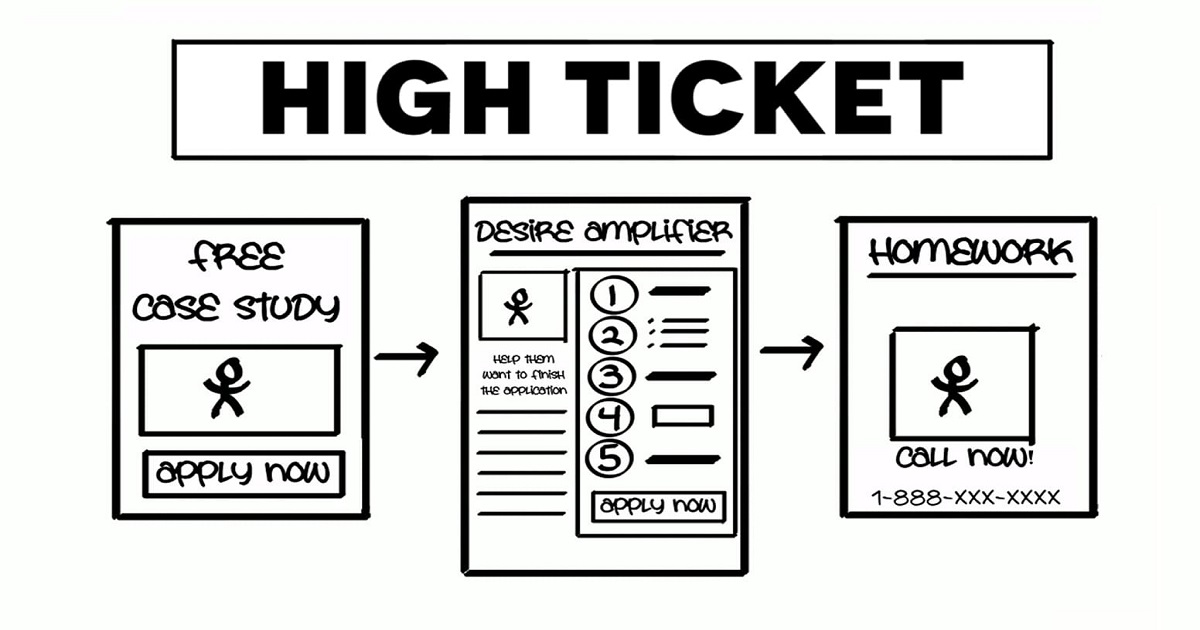The good news about high ticket sales is that they don’t necessarily come with a high risk. In fact, they can be a great way to build loyalty. After all, if a customer is willing to spend a large sum of money with you, they are going to keep doing so. Besides, high ticket sales aren’t the same as the fly-by-night deals that are all the rage these days.
Identify your power leaks
The first step in re-framing your sales process is to take a hard look at yourself. The way you talk and think about money and getting paid will mirror the way you interact with your potential clients. If you’re uncomfortable making offers or feeling like a manipulative idiot, it will be difficult to persuade others to buy from you. One of the tools I use to coach business coaches for women entrepreneurs is to identify your power leaks.
Create an environment for high-ticket sales
High ticket sales typically involve high-value products and services. The typical high-ticket sales funnel moves customers through various stages of the buying journey. These sales are typically more targeted and require more effort than low-ticket sales. Low-ticket sales often follow seasonal sales and are not targeted as much.
Creating an environment for high-ticket sales has several benefits. For starters, premium pricing attracts premium customers. These clients usually have high disposable incomes and a deep interest in your niche. They can be loyal customers and refer others to your business. Ultimately, high-ticket sales can result in a substantial increase in revenue.
Handle objections effectively
Dealing with objections can be stressful, but overcoming them will increase your sales. Fortunately, there are some simple techniques you can use to make objections to high ticket sales less intimidating. This article outlines seven proven techniques that will help you handle objections in the sales process.
First, understand the different types of objections that you may encounter. Usually, there are two categories of objections: time and money. If you’re struggling to know how to handle each type of objection, start by identifying the main objection that a prospect will have.
Often, an objection is a symptom of a deeper problem. If you can get your prospect talking about their issue, you can uncover deeper problems and uncover new ones. For example, if a prospect is resistant to making a commitment because they do not have enough time, offer them a deal or an incentive to commit.
Create rapport with clients
Rapport is the process of establishing a connection with another person. This connection is usually built on shared experiences or views. It may also involve a shared sense of humour. Once created, rapport can last for years. It is also extremely important in the professional world. Employers usually like to hire people who get along with their colleagues. Furthermore, personal relationships are easier to build when there is rapport.
Identify your price resistance
It is important to identify price levels of resistance and support. These levels can be both short-lived and long-term. Simple resistance levels are defined by drawing a straight line from the lowest high to the highest low and contrast it with the support level. More complex resistance levels incorporate trendlines, moving averages, and bands.
Pricing in sales is a major roadblock for many reps. Prospects do not like to spend more than they need to. As a result, high-ticket sales require exceptional sales skills. Salespeople must be able to successfully negotiate prices so they can close deals. The best way to avoid price resistance is to know your pricing strategy.
